Notes From A Plant Freak
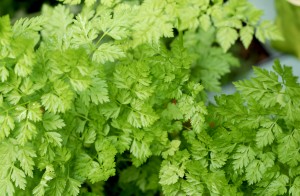 Know When To Give Up
Know When To Give Up
It may seem like a strange suggestion for New Year’s, but many of the problems we encounter in gardening comes from our inability to accept defeat. Gardening should not be like war. Your garden should not be devoid of pests. A balance of good guys and bad guys is necessary. If you are meeting the needs of your plants, you won’t have too many pest infestations, since they tend to overtake plants that are previously compromised. Occasionally, aphids will take over a lettuce plant and a tomato hornworm may devour a young tomato. Accept it. You don’t need to come out with the heavy artillery, or even the organic insecticidal soaps. Look rather into whether the plant has enough water, sun, and if you are planting it in the proper season. Sometimes there is nothing wrong and there just happens to be a spike in a particular insect’s population. Accept it and move on. The biggest problems we have in agriculture come from trying to force the unnatural (like acres and acres of the same plant growing all in one spot). As a result we end up resorting to more and more extreme methods of cultivation. Many pesticides and synthetic fertilizers originated from the same companies that once made chemical weapons and bombs. After World War II, these companies found a new industry for their products: agriculture. Let your garden be a refuge for clean, natural food to grow. Employ beneficial insects and maybe even use some organic pest controls occasionally. But first ask yourself, is that one or two lettuce plants worth all that effort?
The best way to avoid pest infestations is by not fighting them. When you spray even the gentlest of pesticides, you are killing good guys as well, throwing your garden off balance. The best way to keep your plants happy is making sure you have enough organic material in the ground, a good layer of mulch at the base of the plant, and sufficient sunlight (most garden plants, especially in the cool season, do best in full sun all day long). Keep your plants moist, evenly, but don’t over water. The first mistake people make when learning to garden is over watering. The second is usually over watering which tend to push nutrients out of the soil. Plants favor deep watering and less often, rather than frequent, shallow watering. Mulching also helps with keeping the moisture in the ground so watering can be less frequent.
Add more biology to the soil, not less. Think about adding some beneficial critters. Arbico is a Tucson-based company that sells beneficial organisms for your garden. Try beneficial nematodes, lacewings, or praying mantis. Check out their website at www.Arbico-Organics.com and if you have questions, call them up. They can be very helpful.
Seasonal Guidelines
Many people start projects around the New Year. For the garden, it is the middle of the cool season. Whether you already have a garden going or are just starting, you can still be planting, growing and harvesting those winter vegetables that many people get going in the fall: the various greens, root vegetables, cilantro, parsley, dill, peas, or the underappreciated herb, chervil, which is often used in French cuisine. As the cool season continues, select varieties that need shorter times to grow and that are heat tolerant. The heat will be here before we know it.
Speaking of the warm season, January is the month to start planting out pots of tomatoes, peppers, eggplant, inside or in a cold-frame. These will be put in the garden in 6-8 weeks (with continued cold protection). This is especially beneficial for getting a head start on the warm season, and playing with some of the varieties that take a little longer to mature. You can also direct-seed some of these warm season plants if you make a plan for protecting them from frosty nights. They will grow slower. Also try growing potatoes. Plant them now. Small potatoes are planted whole, while larger ones are cut into 2 inch sections. Plant with “eyes” face up.
Jared R. McKinley maintains a gardening and homesteading blog called Arid Land Homesteaders League at AridLandHomestead.com

 Steve Tracy is a straightforward, practical kind of guy. The day I meet him he’s wearing no-nonsense work clothes and is fully involved in the hubbub of work at Thunder Canyon Brewery’s new Downtown location (220 E. Broadway at Fifth Avenue.) He apologizes for keeping me waiting, but I’m impressed, not perturbed—Steve started Thunder Canyon Brewery over a decade ago, and it’s cool to see that he’s still fully involved on the ground in day-to-day operations. With plenty of work still to be completed before the brewpub opens on January 8th (ed: NOW OPEN!), Steve is good-natured about the fact that I’m interrupting his day to pepper him with questions.
Steve Tracy is a straightforward, practical kind of guy. The day I meet him he’s wearing no-nonsense work clothes and is fully involved in the hubbub of work at Thunder Canyon Brewery’s new Downtown location (220 E. Broadway at Fifth Avenue.) He apologizes for keeping me waiting, but I’m impressed, not perturbed—Steve started Thunder Canyon Brewery over a decade ago, and it’s cool to see that he’s still fully involved on the ground in day-to-day operations. With plenty of work still to be completed before the brewpub opens on January 8th (ed: NOW OPEN!), Steve is good-natured about the fact that I’m interrupting his day to pepper him with questions.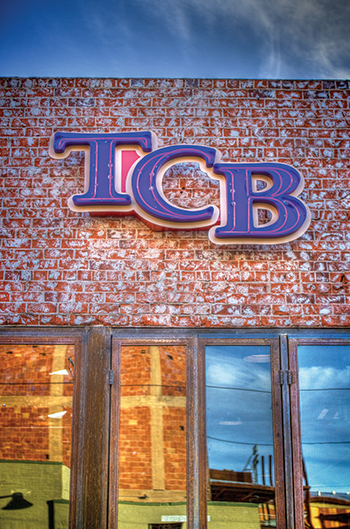 This doesn’t mean that TCB isn’t constantly innovating. “We’re always working on two or three new beers,” and “We always keep in mind what people are asking for,” says Steve. His current favorite TCB offering is the Cuppa Joe coffee porter, which is made with locally-roasted Cartel coffee, he says without hesitation. In general Steve prefers darker beers like stouts and porters—“I’m not so much a hoppy beer drinker,” he explains, though he adds that he appreciates all beers. Any guilty pleasures—a light beer or mainstream national beer? Steve looks slightly disgusted, and the answer is an adamant no. Well then, what are his favorite microbrews? He smiles and admits that he mostly drinks his own stuff. I get it—in addition to being delicious, drinking his own beer has to be the most economical option for Steve!
This doesn’t mean that TCB isn’t constantly innovating. “We’re always working on two or three new beers,” and “We always keep in mind what people are asking for,” says Steve. His current favorite TCB offering is the Cuppa Joe coffee porter, which is made with locally-roasted Cartel coffee, he says without hesitation. In general Steve prefers darker beers like stouts and porters—“I’m not so much a hoppy beer drinker,” he explains, though he adds that he appreciates all beers. Any guilty pleasures—a light beer or mainstream national beer? Steve looks slightly disgusted, and the answer is an adamant no. Well then, what are his favorite microbrews? He smiles and admits that he mostly drinks his own stuff. I get it—in addition to being delicious, drinking his own beer has to be the most economical option for Steve! The Cup Café is the place to be in Tucson on Sunday mornings, and there is, accordingly, a substantial wait time for a table. In Hotel Congress’s own words, however, “The build-your-own Bloody Mary bar helps pass the time quickly.” Indeed, this creatively-designed bar, situated in the lobby of Hotel Congress and open exclusively on Sunday mornings from 10- 2, is even a destination in and of itself. Explains Matthew “Cheeks” Talavera, one of the bartenders you’ll regularly find at Hotel Congress at the Sunday bloody bar: “It’s not just about wasting time before you get a table at the Cup.”
The Cup Café is the place to be in Tucson on Sunday mornings, and there is, accordingly, a substantial wait time for a table. In Hotel Congress’s own words, however, “The build-your-own Bloody Mary bar helps pass the time quickly.” Indeed, this creatively-designed bar, situated in the lobby of Hotel Congress and open exclusively on Sunday mornings from 10- 2, is even a destination in and of itself. Explains Matthew “Cheeks” Talavera, one of the bartenders you’ll regularly find at Hotel Congress at the Sunday bloody bar: “It’s not just about wasting time before you get a table at the Cup.” December 12th is a special day on the calendar and not only because the numeric date reads 12-12-12, but also because TucsonNightOut.com is presenting Go Loco 4 Local Day in Tucson. The event is bringing together 18 local restaurants with more signing on as it approaches that will be offering $12 specials on their menus all day to commemorate the significant date and to raise awareness about the local eateries in the area.
December 12th is a special day on the calendar and not only because the numeric date reads 12-12-12, but also because TucsonNightOut.com is presenting Go Loco 4 Local Day in Tucson. The event is bringing together 18 local restaurants with more signing on as it approaches that will be offering $12 specials on their menus all day to commemorate the significant date and to raise awareness about the local eateries in the area. Gardening is a Seedy Business
Gardening is a Seedy Business Can you imagine a swim instructor who’s afraid of water or a Zen Buddhism teacher who lives by a hectic nine-to-five schedule? What about a bartender who doesn’t drink? Well, let me introduce you to Brian Halbach, one of four bartenders at Agustín Brasserie—and he’s a teetotaler.
Can you imagine a swim instructor who’s afraid of water or a Zen Buddhism teacher who lives by a hectic nine-to-five schedule? What about a bartender who doesn’t drink? Well, let me introduce you to Brian Halbach, one of four bartenders at Agustín Brasserie—and he’s a teetotaler.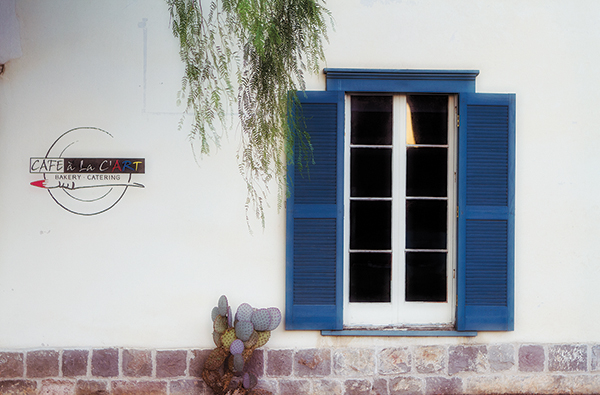 A few years ago in the El Presidio neighborhood, several opportunistic thieves went on a low-ball, non-violent crime spree, burglarizing homes and cars on Main Street and in the vicinity. Among the targets of their malfeasance was the pastry case at the tiny Café à la C’Art, tucked away in the Stevens-Duffield House at Tucson Museum of Art. Area residents reacted identically to the news . . . “Well, no wonder. Probably the most valuable part of their haul.” Pastry chef Laura Quarrella no doubt considered that a compliment, as well she should. Her scrumptious pastries defy any compliment that’s effusive enough to do them justice.
A few years ago in the El Presidio neighborhood, several opportunistic thieves went on a low-ball, non-violent crime spree, burglarizing homes and cars on Main Street and in the vicinity. Among the targets of their malfeasance was the pastry case at the tiny Café à la C’Art, tucked away in the Stevens-Duffield House at Tucson Museum of Art. Area residents reacted identically to the news . . . “Well, no wonder. Probably the most valuable part of their haul.” Pastry chef Laura Quarrella no doubt considered that a compliment, as well she should. Her scrumptious pastries defy any compliment that’s effusive enough to do them justice.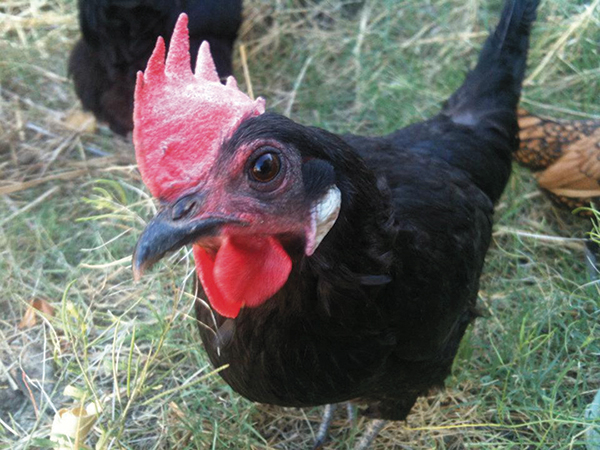 Gardening: it is often defined in very limited terms and thought of in isolation from many activities that serious practitioners often find themselves engaging. The author is here to encourage a broadening of what is labelled under “gardening”. The following list of activities are those which are great companions to growing plants.
Gardening: it is often defined in very limited terms and thought of in isolation from many activities that serious practitioners often find themselves engaging. The author is here to encourage a broadening of what is labelled under “gardening”. The following list of activities are those which are great companions to growing plants.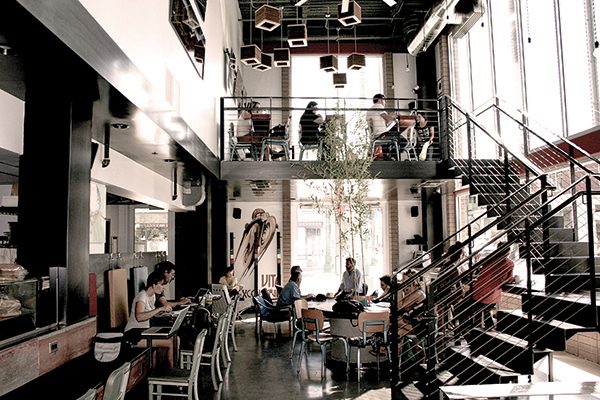
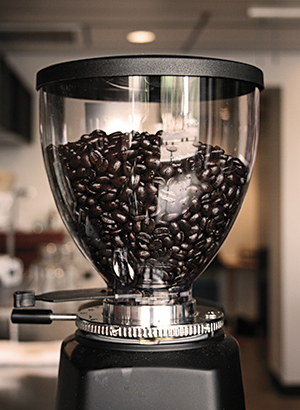
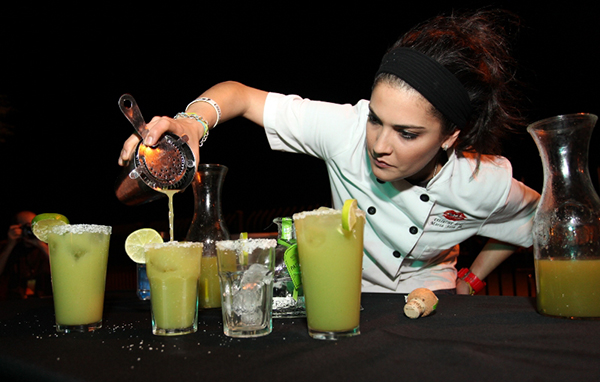




Also find us on...